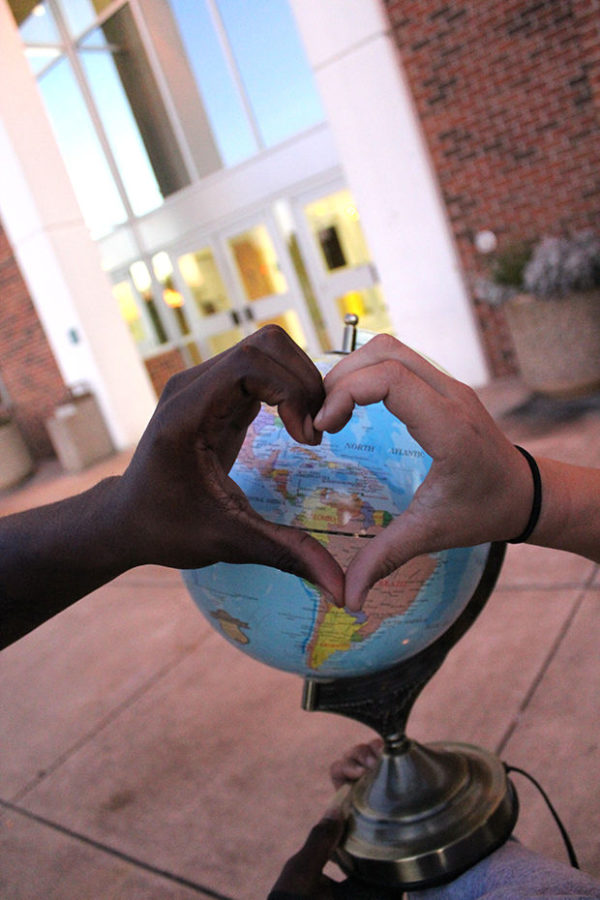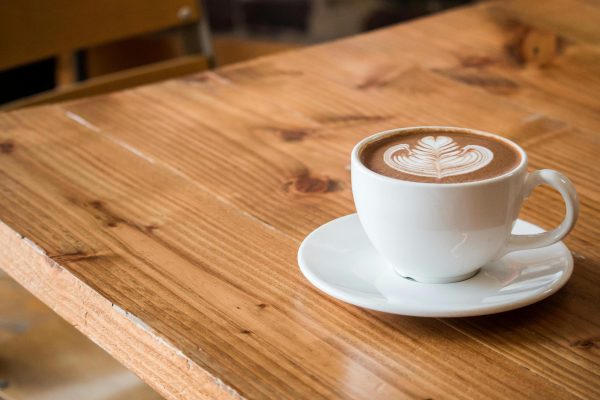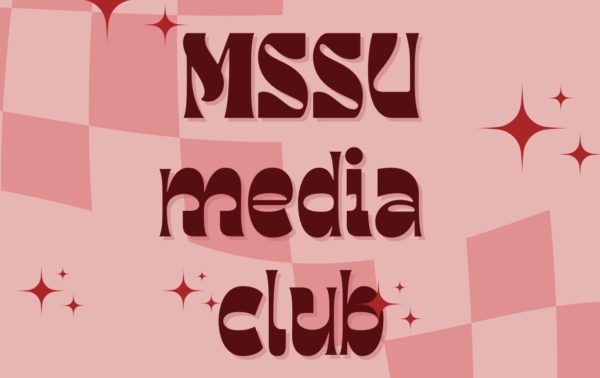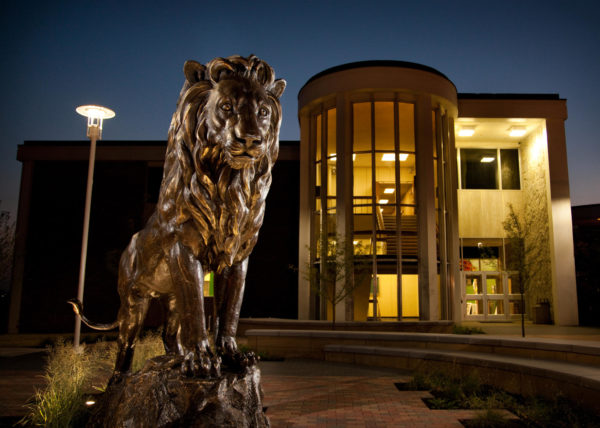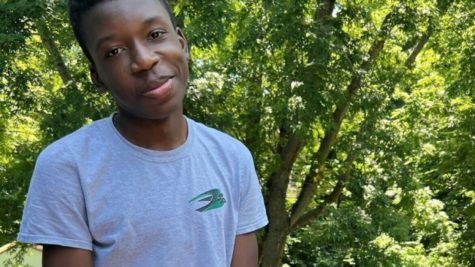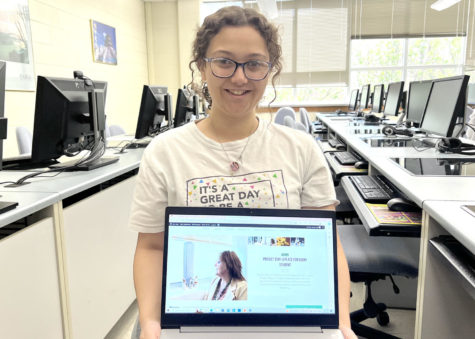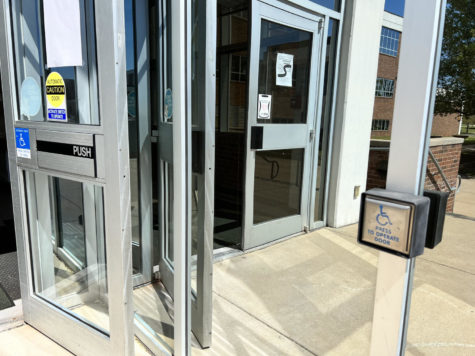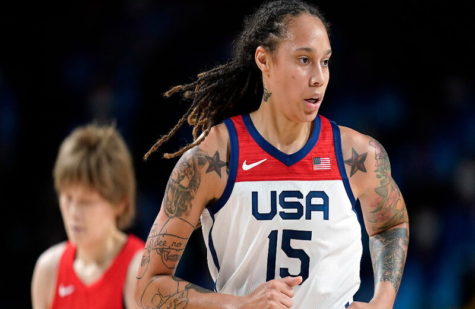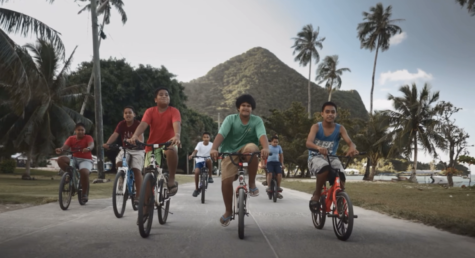Does diversity have to remain a dream?
Diversity can happen
When you enter Joplin, you will see a sign that reads, “The Midwest at its Very Best.”
Joplin has a population of approximately 50,000. It’s still in recovery mode from an EF-5 tornado that destroyed nearly half the city on May 22, 2011.
One thing left standing from the natural disaster is Missouri Southern State University, and as wrong as this sounds, I think the tornado has boosted enrollment because of the publicity Joplin received after the disaster.
As Joplin continues to grow and rebuild, the city will get back to where it was and grow beyond as Joplin becomes more urbanized.
But as I take drives around this city, I am constantly reminded of the lack of racial diversity. With 43,954 of the 50,000 residents being white, Joplin has a low population of African-Americans, Hispanics, and Asians.
Kids growing up in Joplin aren’t exposed to other cultures, and long term, this can effect social behavior.
Imagine a college student transferring to Missouri Southern from a university in Atlanta who finds he is the only minority in a given course.
Socially, this can be awkward because society’s racial barriers cross over into universities.
At Missouri Southern, most of the African-Americans are on the athletic teams, and most of the Asians are foreign exchange students.
This all sounds like a stereotype; it just so happens to be true at Missouri Southern.
Now imagine a diverse university with a high population of different races. Imagine walking into a commons area and seeing fraternities like Kappa Alpha Psi and Omega Psi Phi strolling around, and how involved students are because they aren’t limited to who they can socialize with.
Imagine walking across campus and speaking to a student you have never spoken to, learning more in a five-minute conversation about their culture than any history course could teach you.
The lack of racial diversity isn’t Missouri Southern’s fault—it’s the fact the school is located in Joplin, Mo., a town that has always been predominately white.
I do think Missouri Southern can raise the number of minorities who enroll each semester by establishing more Greek life, clubs and annual surveys that ask students what they think could make the University better.
The students have to be the change they want to see, and I say anything is possible as long as students dream and don’t see obstacles.
The obstacle they face is lack of racial diversity, and the dream is a university united with students of different races working towards a common goal filled with fun and excitement along the course all students must face in their obstacle called life.
Your donation will support the student journalists of Missouri Southern State University. Your contribution will allow us to purchase equipment and cover our annual website hosting costs.



















